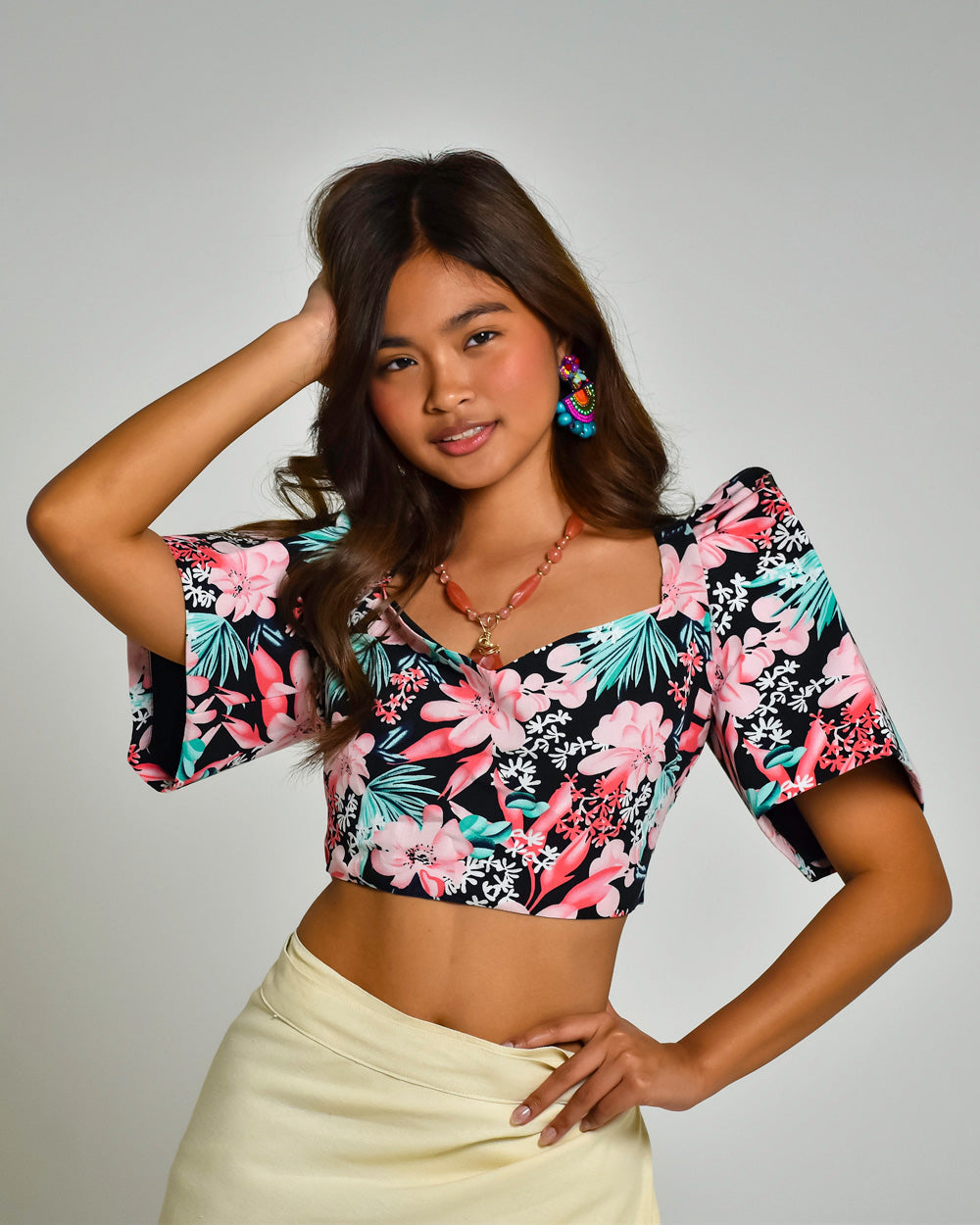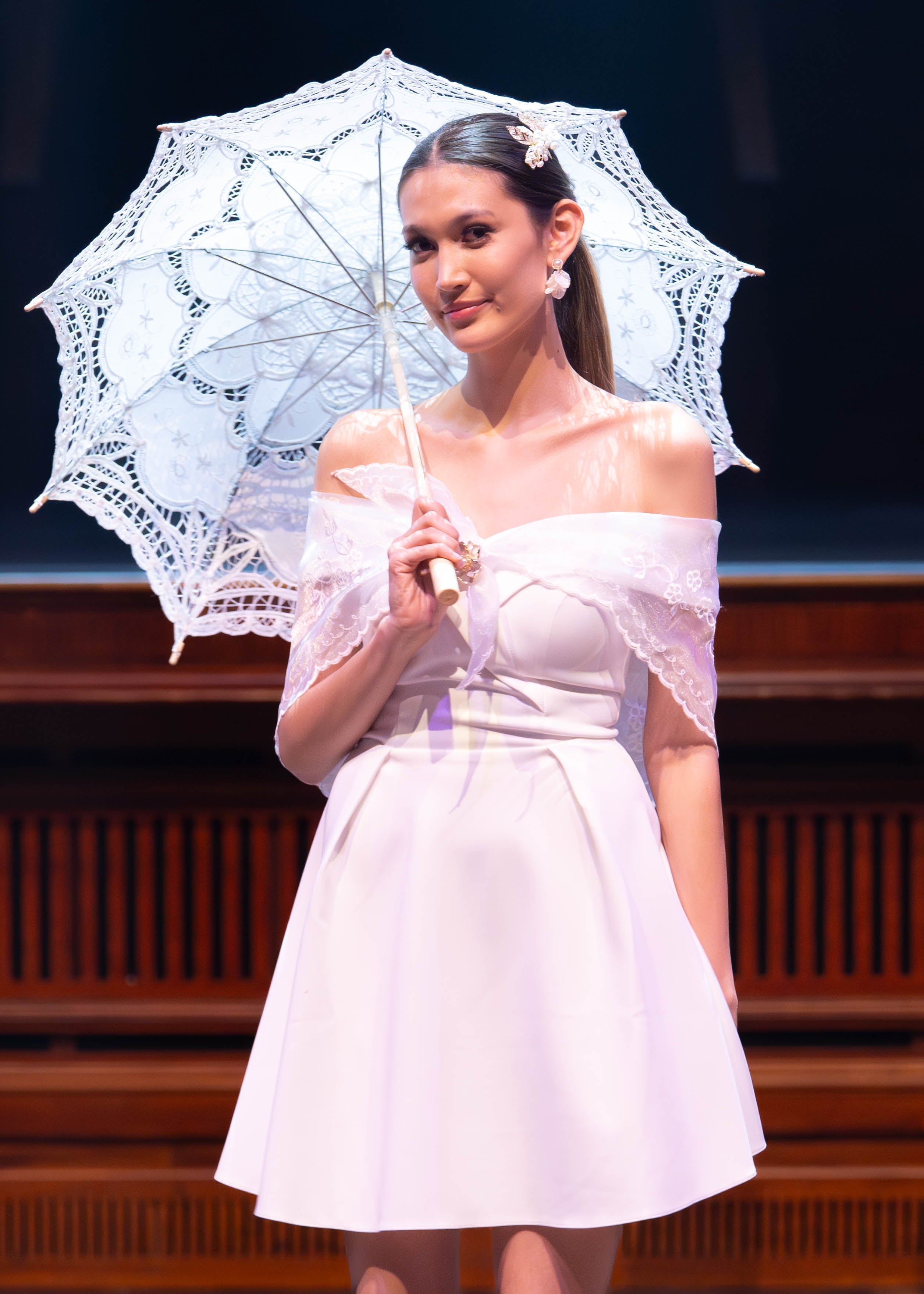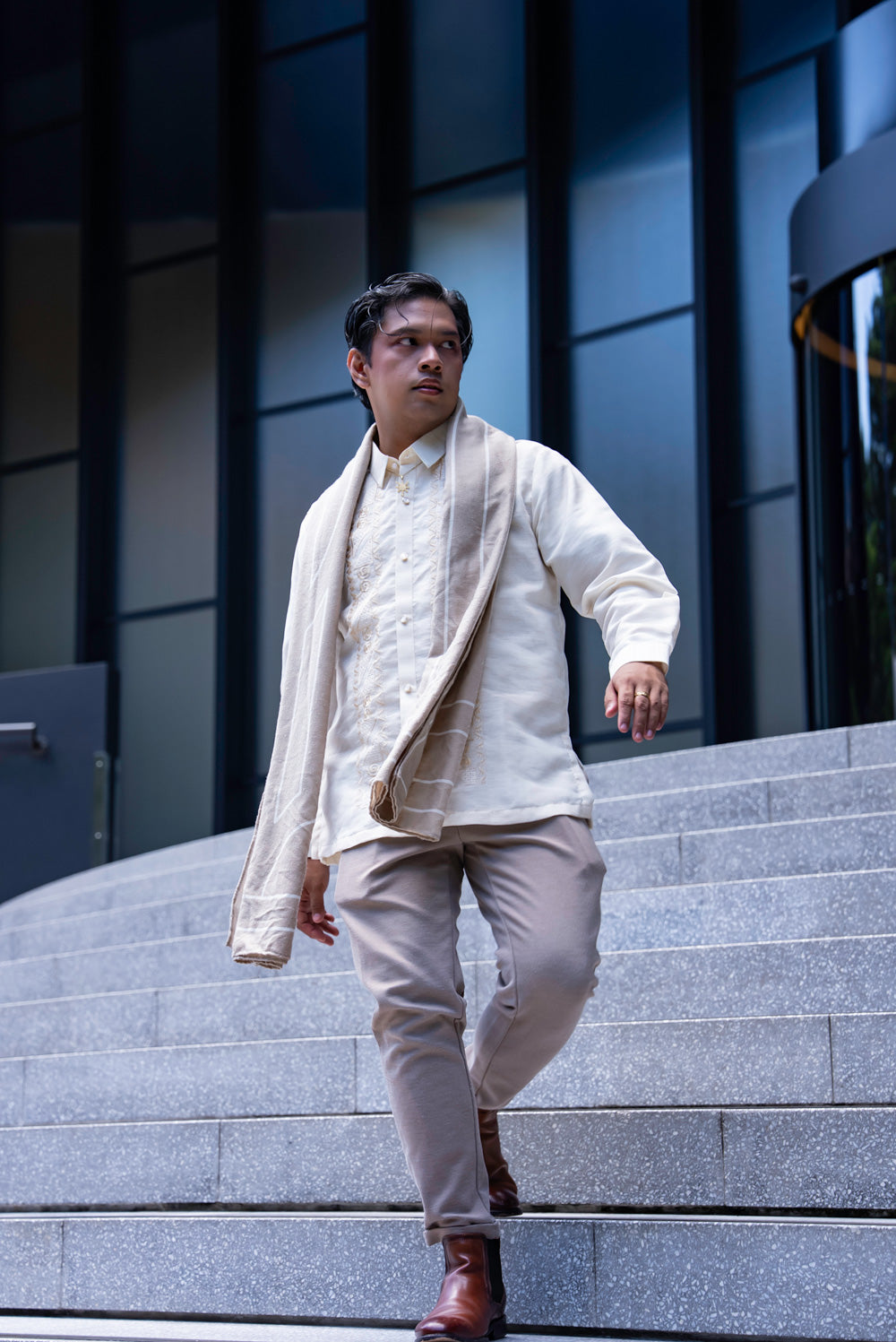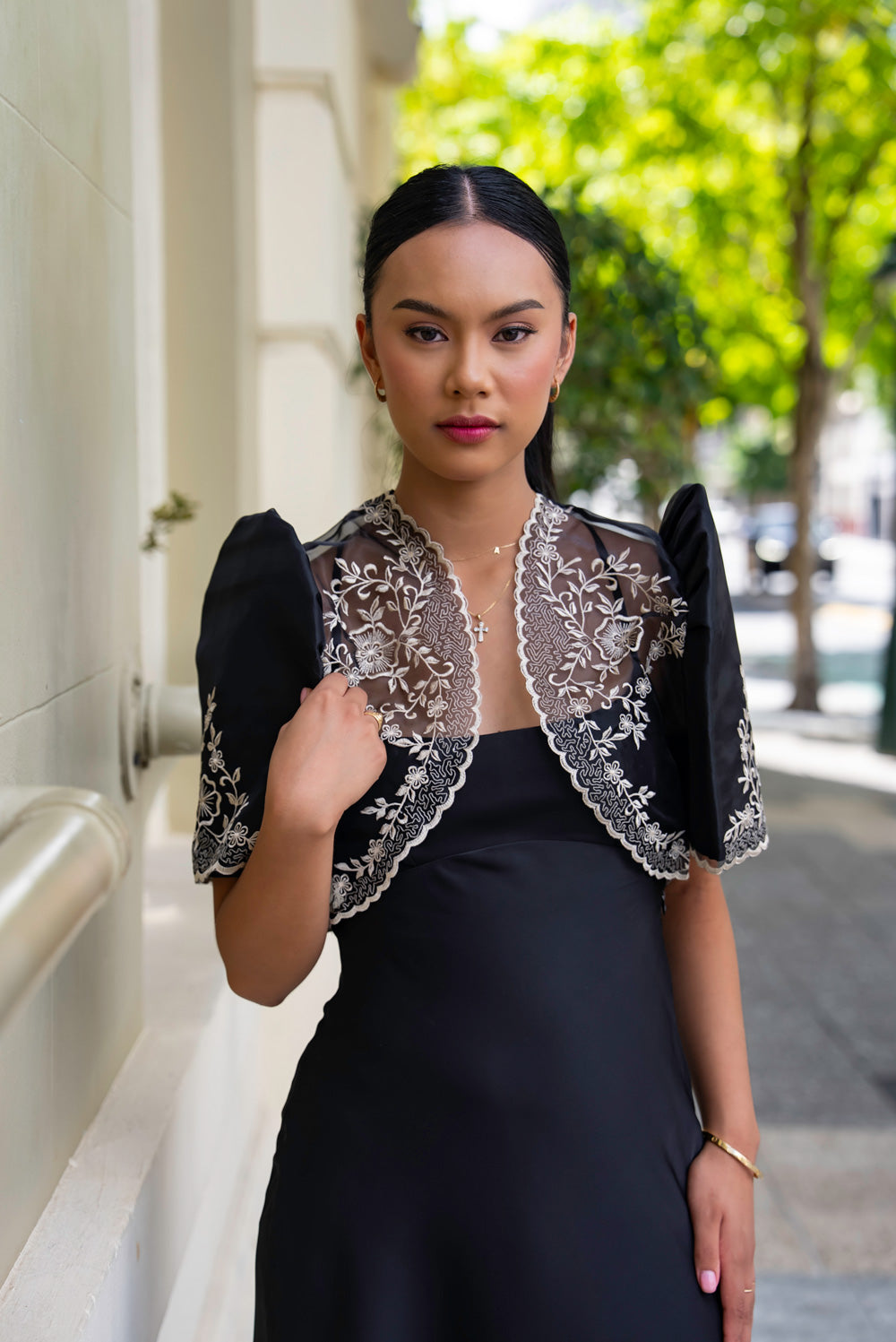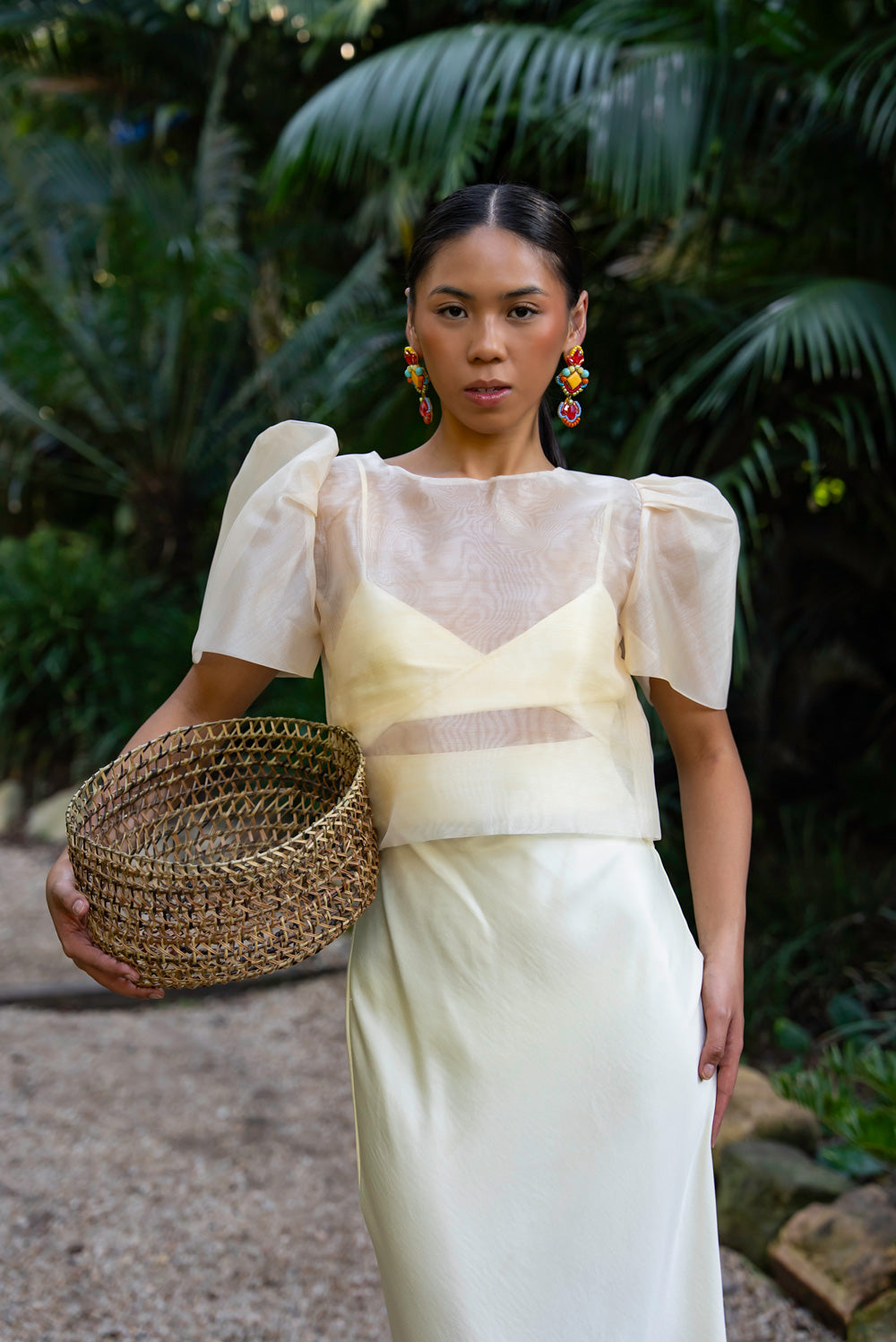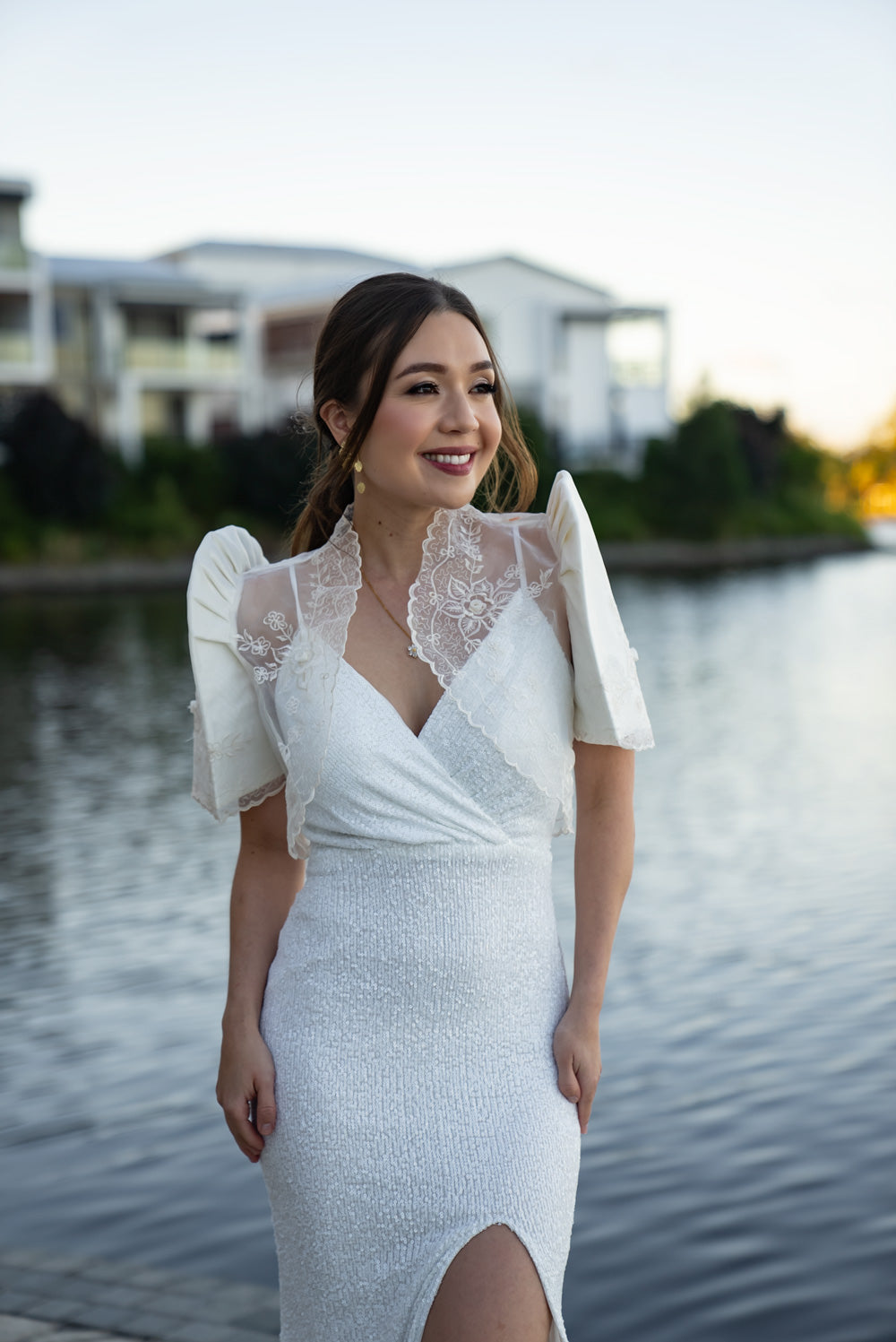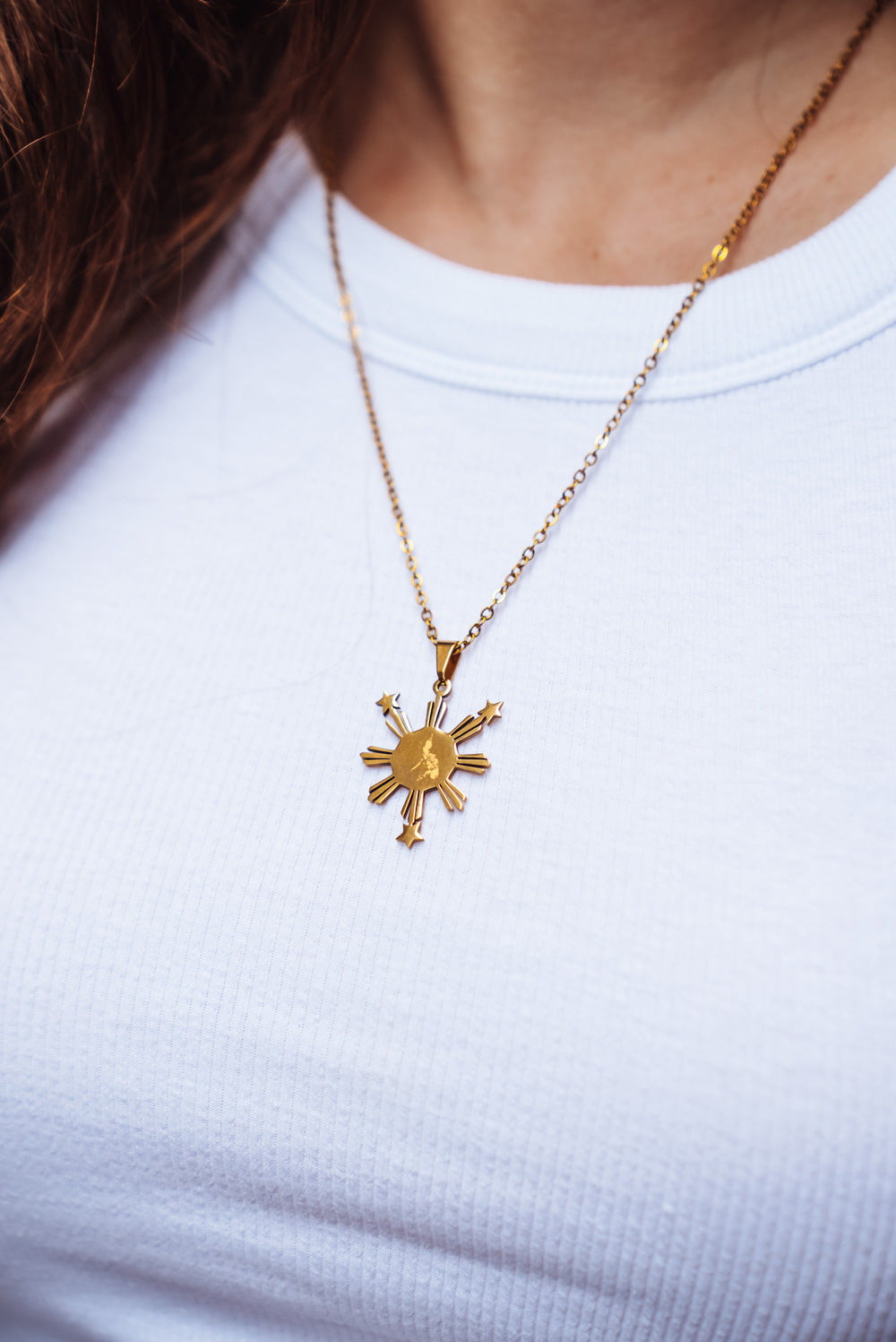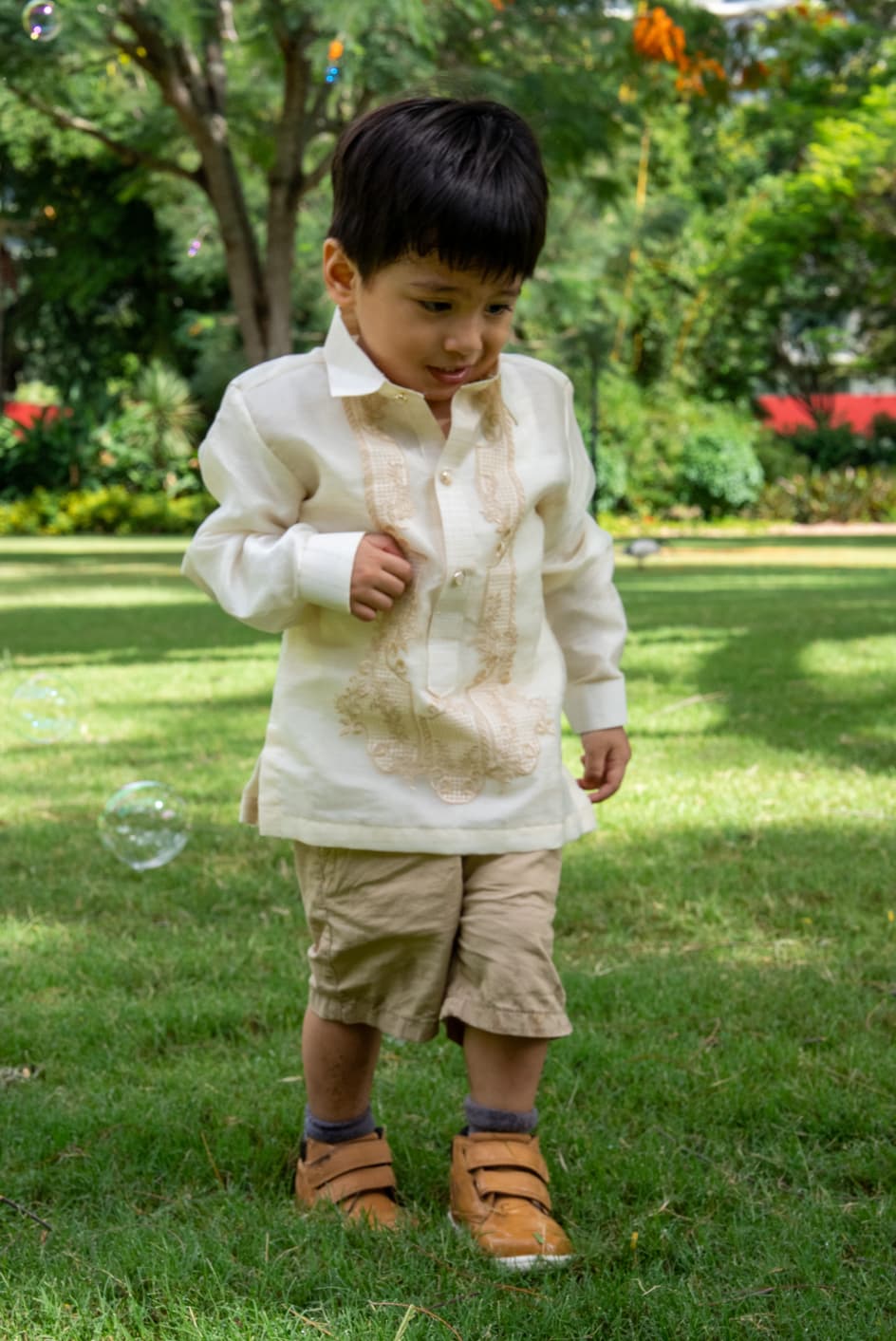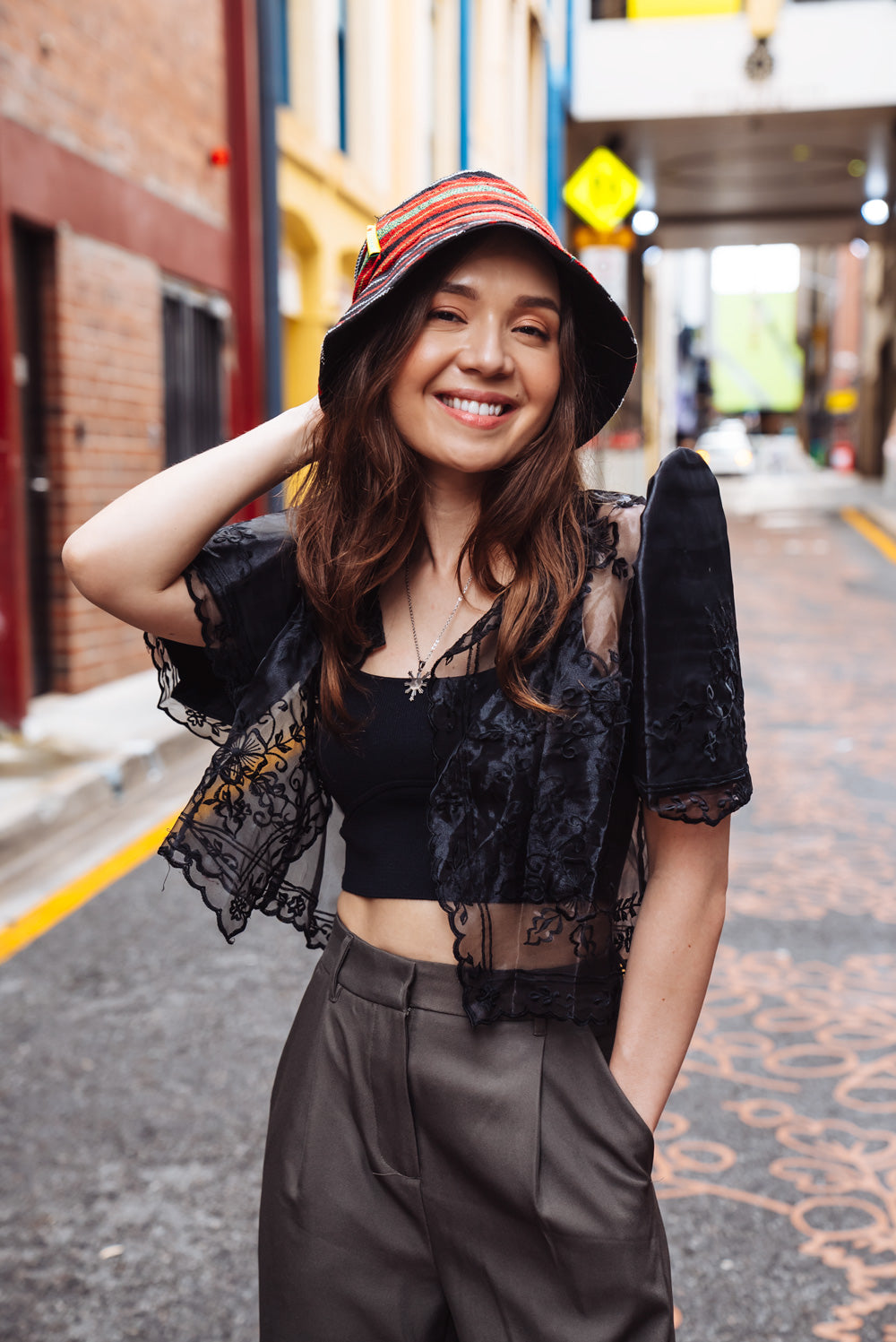Filipiniana clothing is significant because it is a signifier of identity. It is a way for people to show their cultural beliefs and how they have changed over time. Filipiniana clothing also shows the social fabric of society. It is a way for people to interact with each other and show their style.
What Are These Unique, East Asian Fashion Pieces?
The Filipiniana is a traditional outfit that is unique to the Philippines. It consists of a blouse with puffy oversize sleeves, a long skirt, and a piece of fabric worn as a head covering or scarf. Filipiniana has evolved, but it remains a popular choice for traditional clothing in the Philippines.
Tracing Its History and Identity
Ancient Filipino fashion began with the tapis, a pre-colonial Philippine garment, essentially a skirt. It is made from an unstitched piece of cloth wrapped around the body and knotted at the waist or below the bust. Tapis garments are still worn today as cultural attire, particularly in northern Luzon.
Later on, through tenured cultural exchanges with Spain, Filipinos learned how to make clothing with pineapple fibre. The designs of Filipino clothes are often inspired by religious art, such as sculptures of the Virgin Mary or European fashion. The baro't saya is one such example. It is a dress that combines Spanish and Filipino style elements, with a camisa-style bodice and a floor-length tapis-style skirt.
Once the baro’t saya became vogue, designers modernised its design, resulting in the Balintawak. It is a more relaxed variant of the baro't saya, typically worn in the countryside. It is shorter than the baro't saya, has puffy sleeves, and has a high-waisted bodice with a checkered motif. This ensemble is often associated with celebration, a carefree country atmosphere, and summer pleasures.
Again, the baro’t saya underwent another modern reimagining at the time with the introduction of the Maria Clara. It was a traditional outfit worn by women in the Philippines, typically consisting of four components: the light and delicate baro or camisa blouse, the saya or long skirt, the panuelo scarf, and the tapis. The baro and camisa were usually made of jusi or pineapple fibre, while the saya was made of panelled cloth. The panuelo, also known as an alampay, was a stiff triangular shawl or veil worn to demonstrate modesty.
By the early 20th century, a new version of the Maria Clara emerged: the Traje de Mestiza, with its large, extravagant butterfly sleeves, a smaller panuelo, a more fitted bodice, and a narrower, more ornate skirt with a long train known as a saya de cola. This later evolved to the modern terno, the single, classic Philippine outfit, typically consisting of an arched-sleeved blouse and floor-length skirt.
The Filipiniana’s Identity Today
The iconic fashion piece’s identity is inextricably tied to the locals who wear them and the foreigners who influenced these clothing articles in one way or another. While Filipiniana is mostly seen as appropriate attire for formal events, its mix of plant-based textiles and sheer materials can be worn for casual occasions, especially since Philippine weather is mostly tropical and humid. Thus, it is up to the modern Pinoy and Pinay to wear their heritage proudly on cemented streets as they do in carpeted events.
Honor Philippine Fashion with Mestiza Filipina
A collection of modern filipiniana attire for all sexes, Mestiza Filipina is a curation of authentic Philippine dresses, barong tagalog, boleros and more, designed to wear at events, weddings, at the office, or casually out and about! Our garments are handmade by artisans in the Philippines and ready to ship worldwide. Visit our collection today!

